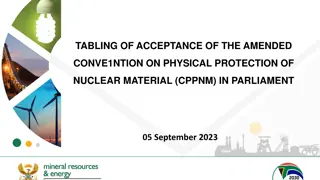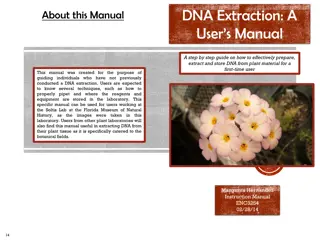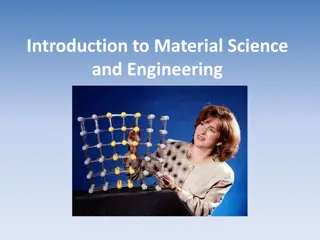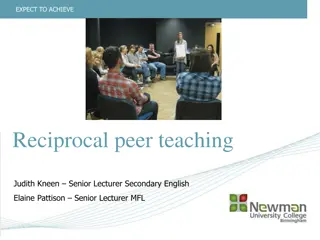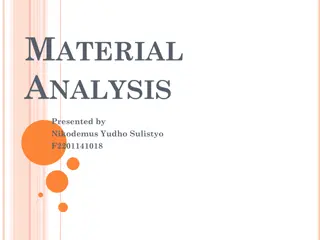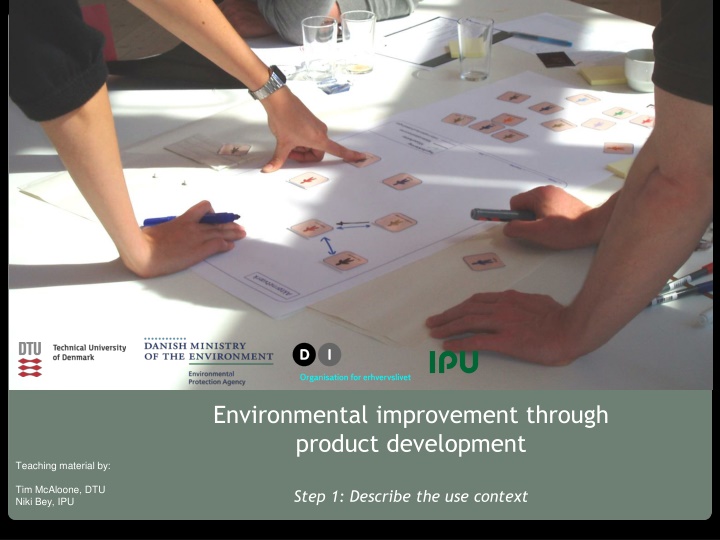
Environmental Improvement through Product Development: Understanding Use Context
Explore the importance of describing the use context of a product for environmental improvement through product development. Learn how to define the product's functionality, target users, usage patterns, and geographical scope to enhance its value contribution. This exercise helps in making informed decisions and comparing alternative concepts.
Download Presentation

Please find below an Image/Link to download the presentation.
The content on the website is provided AS IS for your information and personal use only. It may not be sold, licensed, or shared on other websites without obtaining consent from the author. If you encounter any issues during the download, it is possible that the publisher has removed the file from their server.
You are allowed to download the files provided on this website for personal or commercial use, subject to the condition that they are used lawfully. All files are the property of their respective owners.
The content on the website is provided AS IS for your information and personal use only. It may not be sold, licensed, or shared on other websites without obtaining consent from the author.
E N D
Presentation Transcript
Danmarks Tekniske Universitet Environmental improvement through product development Teaching material by: Tim McAloone, DTU Niki Bey, IPU Step 1: Describe the use context
Step 1: Describe the use context BACKGROUND Aim: To reach a common understanding of the product and its value contribution under use. Objective: To describe the product's functionality to the user. This description provides the benchmark for all subsequent decisions and can also be used when, for example, alternative concepts shall be compared. Exercise: Describe the use context by answering the following questions: What should the product be used for? What does the product do? For whom? How long? How often? Where in the world? Environmental improvement through product development. A project funded by the Danish Environmental Protection Agency.
Step 1: Describe the use context BACKGROUND What should the product be used for? leads to a description of the basic task that the product must carry out for the user. What does the product do? allows for a description of the product's functionality, including the technological principle and the features that the product must possess in order to deliver the service to the user. Sub-functions may, for example, be "to stick to the skin" or "to turn electrical energy into rotary motion". ... For whom? leads to a description of the main user or user group. ... How long? and ... how often? lead to a definition of the time frames and use patterns in which the product must operate. ... Where in the world? leads to a definition of the geographical area in which the product must operate and probably will be disposed of. All in all, these responses lead to a clear description of the product in the form of the value contribution that the product delivers to the user. Environmental improvement through product development. A project funded by the Danish Environmental Protection Agency.
Step 1: Describe the use context STEP-BY-STEP APPROACH Write the questions on a large piece of paper. Answer the questions in your group, based on your knowledge of the product and insight into users' use of the product. Some of the questions can be answered by looking at the product specification (or the business specification, if the product has not yet been developed). The exercise is complete when the group has obtained a detailed picture of the product's functions and raison d' tre, seen from the user s viewpoint. Using this poster (electronic version available) discuss the product and its use context Environmental improvement through product development. A project funded by the Danish Environmental Protection Agency.
Step 1: Describe the use context Environmental improvement through product development. A project funded by the Danish Environmental Protection Agency.
Step 1: Describe the use context WHY CARRY OUT THIS EXERCISE? To ensure a common frame of reference for the workshop, within the group To define a typical product to be used for the rest of the process It is crucial that the answers to the six questions in this step form a documented description that the project team agrees upon Remember to provide sufficient detail to allow comparisons with the alternative concepts later on in the process Environmental improvement through product development. A project funded by the Danish Environmental Protection Agency.
For further information Tim McAloone DTU Management Engineering Engineering Design and Product Development Building 426, Produktionstorvet, DK-2800 Kgs. Lyngby Denmark Telephone Homepage Email (+45) 4525 6270 www.kp.man.dtu.dk/english/research/areas/ecodesign/guide tmca@man.dtu.dk Environmental improvement through product development. A project funded by the Danish Environmental Protection Agency.


